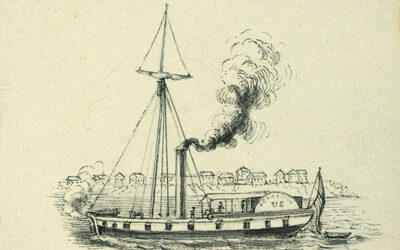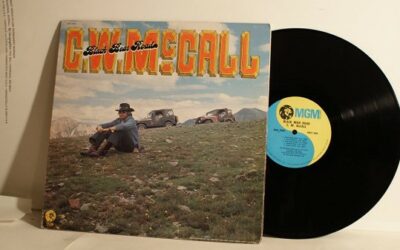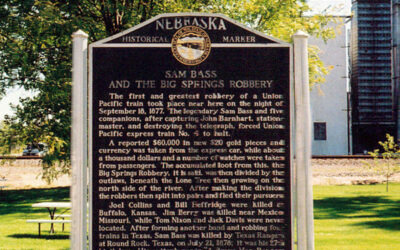Authors of trail diaries and reminiscences rarely discuss what they expect to experience on the journey west. One exception was John Lilljeholm, who was living in Chicago, Illinois, in 1849 when he learned that gold had been discovered in California. He planned to go west, but illness prevented him from making the trip. Lilljeholm probably received his information about the trail from newspapers, and his expectations were likely shared by many others who made the trip. The dangers and difficulties were greatly exaggerated.
“The overland journey to California takes five months and is very difficult and dangerous, for the Indians often attack and murder entire caravans that do not have enough men to hold their own against them. Also there is a great lack of water and fodder on the enormous plains they have to travel across. Those who plan to travel overland to California usually get together, four people to one wagon drawn by three yokes of strong oxen. The wagon is then loaded with flour, salt, coffee, tea, and a small supply of some kind of spread [?]. (During the journey plenty of this can easily be procured from hunting.) After each man has been armed with two six-shooters, a rifle, a Bowie knife, and an axe, the journey is made partly by land and partly by steamboat down the Illinois and Mississippi Rivers to St. Louis. . . . Here smaller steamboats are boarded for the trip up the Missouri to a town called St. Joseph. From here the overland route is taken, with 150 to 200 wagons to a train, over desolate and barren country, inhabited only by a few wandering tribes of Indians and buffalo.
“Usually, fifteen to eighteen miles are covered in a day, after which camp is prepared for the night in the following way: All the wagons form a circle, within which the tents are set up, fires are lighted, and the evening meal is prepared, and after sentries have been put out, they go to bed. This kind of caution is necessary, for such a caravan is constantly surrounded by blood-thirsty, stealthy Indians, who by day try to capture any hunter who has wandered away from the company, or by night to take the camp by surprise. In spite of all measures taken for their safety, the Indians often succeed in inflicting serious losses on the bold adventurers, and frequently bloody battles are fought with considerable loss of life. Most often, however, the Americans, being better armed, win out. After many adventures while crossing the immense plains, where the needed water (which must be brought along), as well as fodder for the oxen, are often lacking, the wagon train reaches the Rocky Mountains. The Rocky Mountains can be crossed in only two places. The wagons must be taken apart, and these as well as the oxen are then hoisted up from rock to rock with ropes. The same procedure is followed on the descent on the west side, and after a journey of ten or twelve days from the mountains, or four and a half months in all, the wagon train finally arrives at the gold diggings.”



